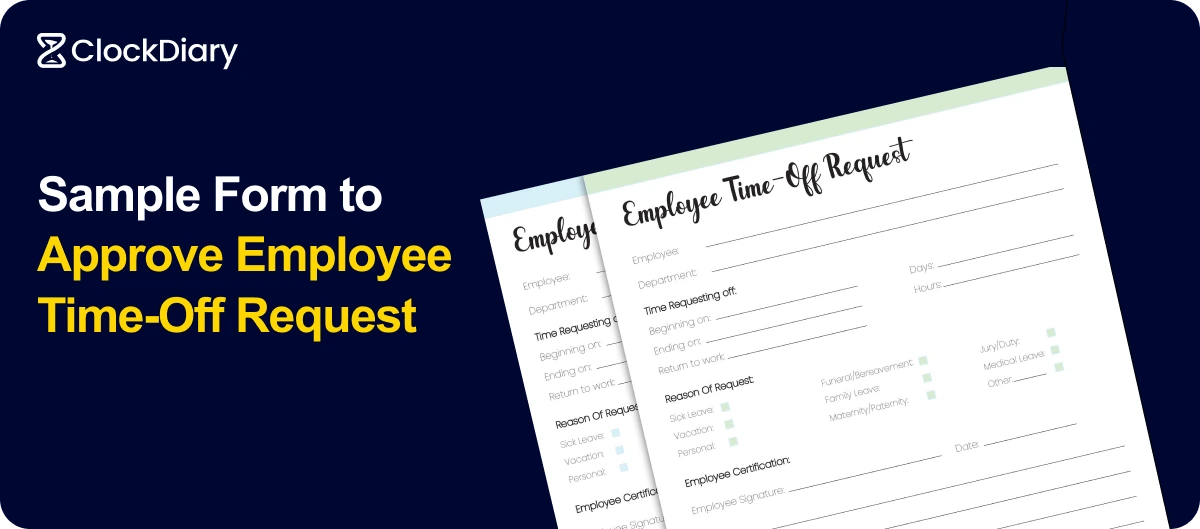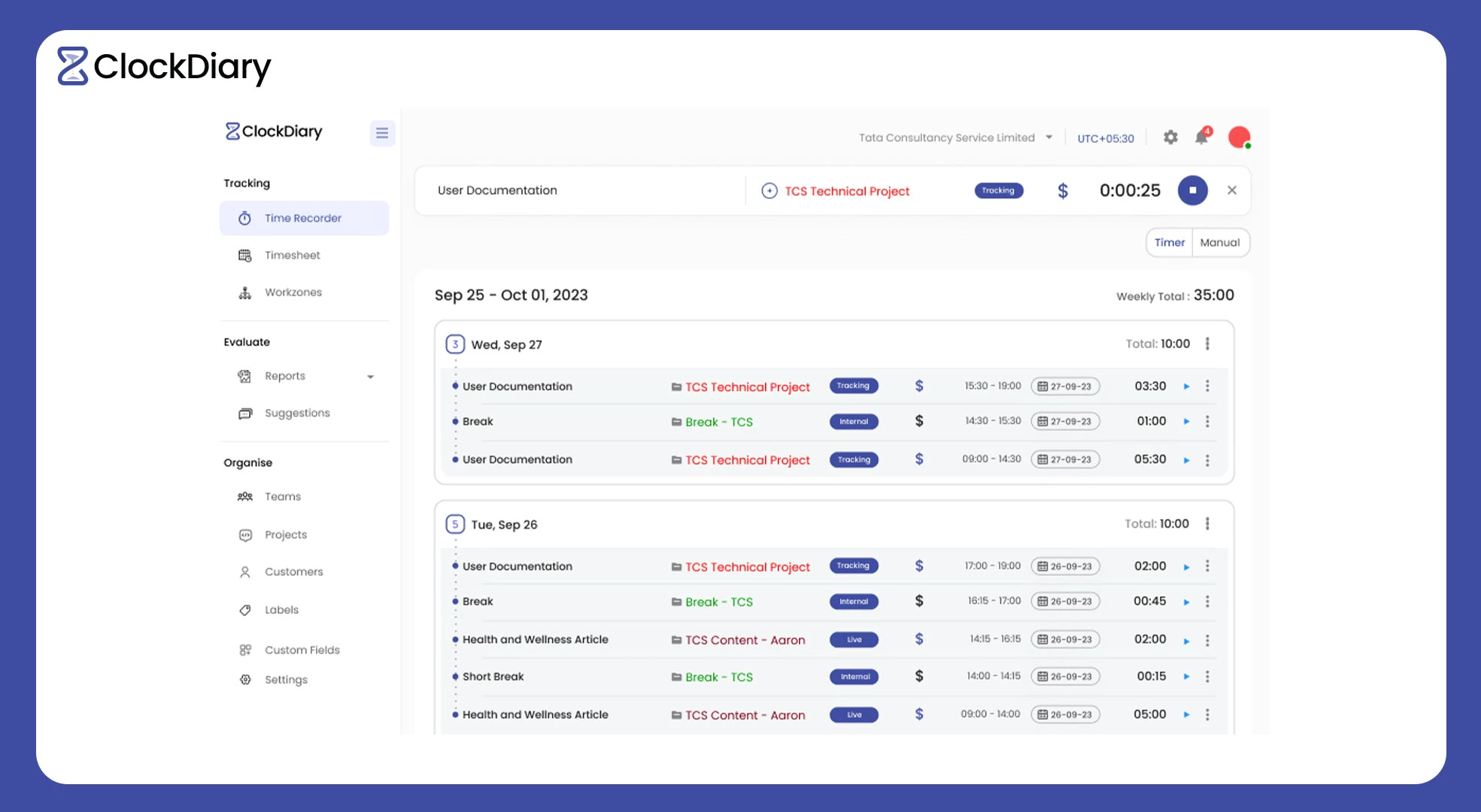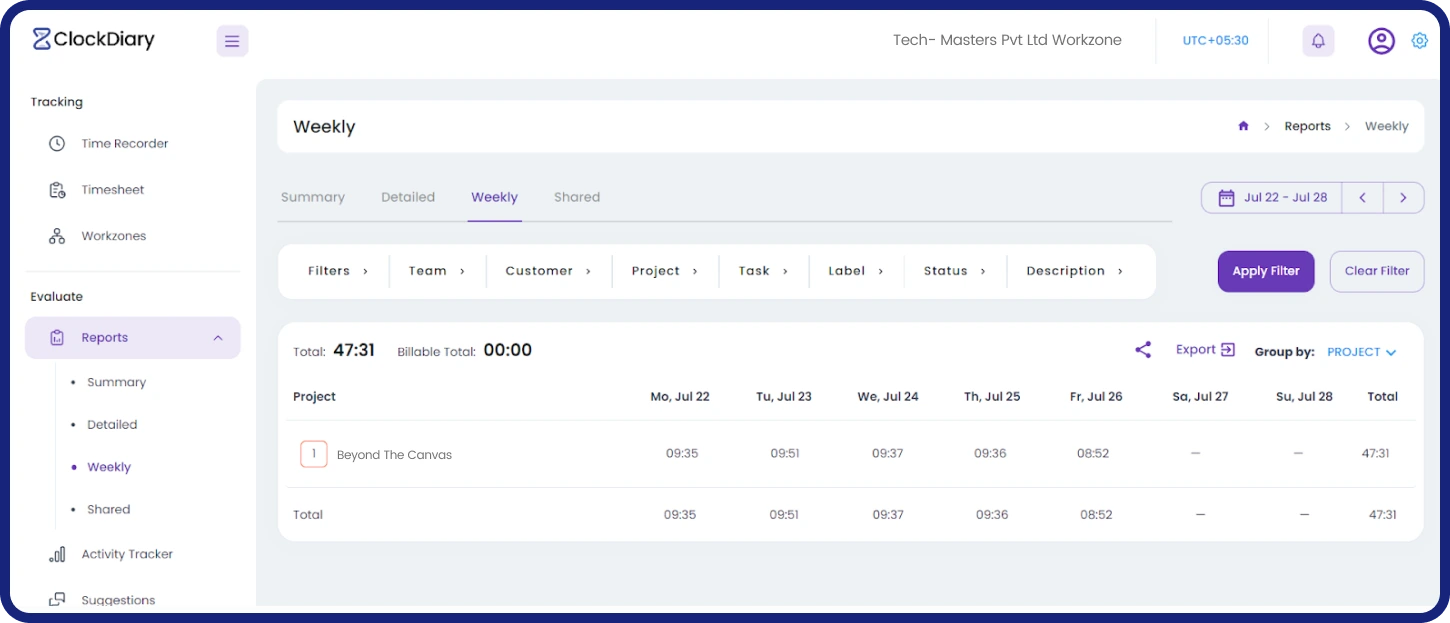

Are you considering implementing unlimited Paid Time Off (PTO) in your workplace?
With 74% of companies reporting higher employee satisfaction after adopting flexible vacation policies, it’s clear that unlimited PTO is no longer just a trend—it’s a growing movement. As workplace flexibility becomes more critical, especially for younger generations, 83% of millennials prioritize work-life balance over salary, making unlimited PTO an increasingly attractive benefit for top talent.
| Quick Summary: Unlimited PTO (Paid Time Off) is a flexible policy that lets employees take as much time off as they need, without a fixed limit. In this guide, we break down how Unlimited PTO works, its benefits, and the challenges that come with it. We also cover practical tips for managing the policy efficiently—like setting clear productivity goals, encouraging employees to take time off, and making the approval process simple. Plus, we dive into how technology, like AI tools and automation, can help make managing PTO easier and more effective. Whether you’re thinking about introducing Unlimited PTO at your company or looking to fine-tune your existing system, this blog has everything you need to make it a success. |
In this comprehensive guide, we will explore the pros and cons of unlimited PTO, how it works, its potential to boost productivity, and how it can help you attract top talent. We’ll also delve into the challenges of unlimited PTO and share actionable steps on how to implement unlimited PTO successfully in your organization.
Whether you’re already considering an unlimited PTO policy or looking for ways to improve your current system, this guide will provide you with the insights you need to create a flexible, efficient, and productive workplace culture that benefits both employees and employers.
Unlimited PTO (Paid Time Off) is a flexible vacation policy that allows employees to take as much time off as they need, without a predefined limit or accrual system. Unlike traditional PTO policies, where employees earn a fixed number of vacation days each year, unlimited PTO offers employees the freedom to request time off whenever necessary, promoting a healthier work-life balance.
This innovative approach fosters a culture of trust and autonomy, empowering employees to recharge and take time off without the worry of running out of vacation days. By offering more flexibility, unlimited PTO can also help reduce burnout and increase employee morale. When employees feel empowered to manage their time off responsibly, they are more likely to return to work refreshed and motivated, ultimately improving productivity.
Unlimited PTO benefits both employees and employers by enhancing job satisfaction and contributing to a more engaged workforce. Companies offering this policy often see an increase in employee retention, as it serves as a highly attractive benefit, especially for younger generations who value flexible work arrangements.
However, for unlimited PTO to be effective, clear guidelines and communication are essential. Without these, there may be confusion or even misuse of the policy, leading to potential issues with team responsibilities and workload distribution. Whether you refer to it as unlimited PTO or discretionary PTO, the goal is the same: to create a more flexible, supportive, and productive work environment.
Unlimited Paid Time Off (PTO) has become a popular policy, offering employees the flexibility to take as much time off as they need—without the usual restrictions of accrued days. This approach promotes a healthy work-life balance while encouraging productivity and trust between employers and employees. Here’s how unlimited PTO works:
Now that you have a clear idea of how unlimited PTO works let’s take a look at how an unlimited PTO policy differs from a traditional PTO policy:
| Feature | Unlimited PTO | Traditional PTO |
| Accrual | No accrual. Take what you need | Days accrue over time |
| Maximum Days | No limit on days off | Set number of days per year |
| Carry Over | No carryover. Resets annually | Unused days may carry over |
| Approval | Flexible, but requires notification | Generally requires formal requests |
| Impact on Company Culture | Encourages trust and responsibility | May create competition for time off |
Managing unlimited PTO effectively calls for a strategic approach that would go a long way in ensuring a healthy work culture. Here are some key strategies to ensure success:
If you introduce unlimited paid time off in your organization, logged hours just can’t be the key factor to gauge success. If work hours are the only deciding factor, employees might not like the idea of taking leave and will only focus on clocking in as many hours as possible. As a result, they will be less productive and run a risk of mental fatigue and exhaustion as well.
Instead, we suggest introducing key performance indicators (KPIs) for each staff member. These are basically calculable metrics that display the performance against set targets and goals. This helps employees understand their responsibilities while feeling empowered to take time off.

This might come as a surprise, but employees with discretionary time off don’t take much more time off than those with limited vacation days.
A latest report by Expedia brought forth the fact that US employees with unlimited paid time off only take about one more week off per year than the average employee.
This begs the question: Why don’t employees take leave even when they have unlimited PTO? The answer lies in the simple fact that they feel taking too much leave can diminish their chances of promotion and job security.
Here are some steps you can take to make sure your staff take adequate time off to rest themselves and thus maintain their productivity:
Properly organizing discretionary PTO processes is the next big thing in line. It is advised that you ask your employees to place their PTO requests on time- especially before the summer and winter holiday seasons. Since everyone wants to go on vacation during these times, scheduling tasks becomes a task at hand.
Thus, in order to ensure the project does not come to an abrupt halt, draw up a plan that considers everyone’s holiday plans while not compromising crucial tasks. A good scheduling app can come in handy here.
Make it a point that no project should count on a few people. This could mean that those particular workers are overworked and have no scope for taking leave, as everything depends on their presence.
Clockdiary’s team dashboard helps ensure that tasks and responsibilities are uniformly distributed among the team.
With the project management feature, you can get a quick glance at who’s:
Thus, you can distribute tasks uniformly so your team does not have to count on a few people. Moreover, your highest performers can take some time off as well.
If you happen to track unlimited PTO with handwritten notes or spreadsheets, you are bound to make mistakes. Messages, SMS, and vacation request emails are also easy to overlook, as we receive hundreds daily.
This is where the significance of a formal approval process is perceived the most. A quick search online will reveal quite a number of apps or software that can help with handling PTO requests effectively and efficiently. Many feature an employee time-off request form to feature a seamless approval process. Opt for a good one that fits your purposes perfectly, and you will be good to go.

Unlimited paid time off (PTO) can prove to be a boon for both employers and employees, and with good reasons at that. Let’s take a look at them.

While unlimited paid time off (PTO) is certainly an enticing proposition, it also brings some unique challenges for businesses and employees. Now, that you are aware of the benefits, let’s look into the other side of the coin, i.e., the cons of unlimited PTO.

We are no strangers to the fact that implementing unlimited paid time off (PTO) will certainly be a game-changer for organizations, but success counts on thoughtful execution. Here are some tips to ensure successful unlimited PTO implementation:
Implementing Unlimited Paid Time Off (PTO) will certainly bring an essence of its own to the workplace culture, and tools like Clockdiary can facilitate this transition seamlessly. Here’s how Clockdiary can support your unlimited PTO policy:


By leveraging these features, Clockdiary not only simplifies unlimited PTO management but also promotes a healthy work-life balance, thereby encouraging employees to take the time they need to recharge. So, what are you waiting for? Connect with us to integrate this supremely engineered software into your organization and maintain productivity while giving your employees enough time to recharge.

FAQ’s
Flexible PTO, or flexible paid time off, allows employees to take leave as needed without being tied to a specific number of vacation or sick days. This approach gives employees the freedom to balance their personal and professional lives more effectively, promoting overall well-being and productivity.
Unlimited PTO allows employees to take as much paid time off as they need without a predetermined limit, thereby promoting a culture of trust and flexibility. On the flip side, DTO, or Discretionary Time Off, provides employees with time off at the employer’s discretion, typically without a formal structure, often leading to less predictable leave opportunities.
Unlimited vacation policies can benefit employers by promoting trust and accountability, thus improving employee engagement and productivity. Moreover, these policies can reduce administrative burdens related to tracking vacation days and help attract top talent who value flexibility in the workplace.